Barley Tea: A Popular Beverage That Will Keep You Healthy
Karina Ikedo
Posted on February 17, 2023
Share:

Barley tea has been a traditional beverage in Japan for centuries. Everyone, including children, drinks it. People can consume it anytime as it has no caffeine, sugar, or dairy. It can be served hot or cold. Barley is a great grain to add to food since it contains nutrients, including calcium, iron, and fiber. Keep reading as we will introduce you to barley tea and barley food uses that have many health benefits!
Barley Tea’s Origin
Barley may have been grown in Japan as early as 300 to 200 BC. Because barley requires cooking before it can be consumed raw, many believe that drinking barley tea began around the same time people first cultivated it for food.

The first recorded use of barley tea in writing was during the Heian era (794–1185). It described a beverage made by drying barley, powdering it, and adding it to hot water. Military leaders drank barley tea during the Japanese civil war. They drank it with hot water as tea and blended it with alcohol to make an alcoholic beverage similar to unrefined sake.
In the late Edo era (1603–1868), dried barley gained popularity among the working class, and parched-barley tea shops began to open. During the Meiji period (1868–1912), they became coffee shops, and people consumed parched-barley tea at home even more. But it was still referred to as “parched-barley tea.”
Farmers harvest barley in the summer, so chilled barley tea became famous as a summer beverage in the mid-1950s. By 1965, the public gave it its current name, “mugicha.”
What is barley tea?
Barley tea is a caffeine-free beverage that uses roasted barley grains. In Japan, ramen shops and fast-food restaurants tend to serve this homey drink. In Japan, mothers give mugicha sips to their young children instead of plain water.
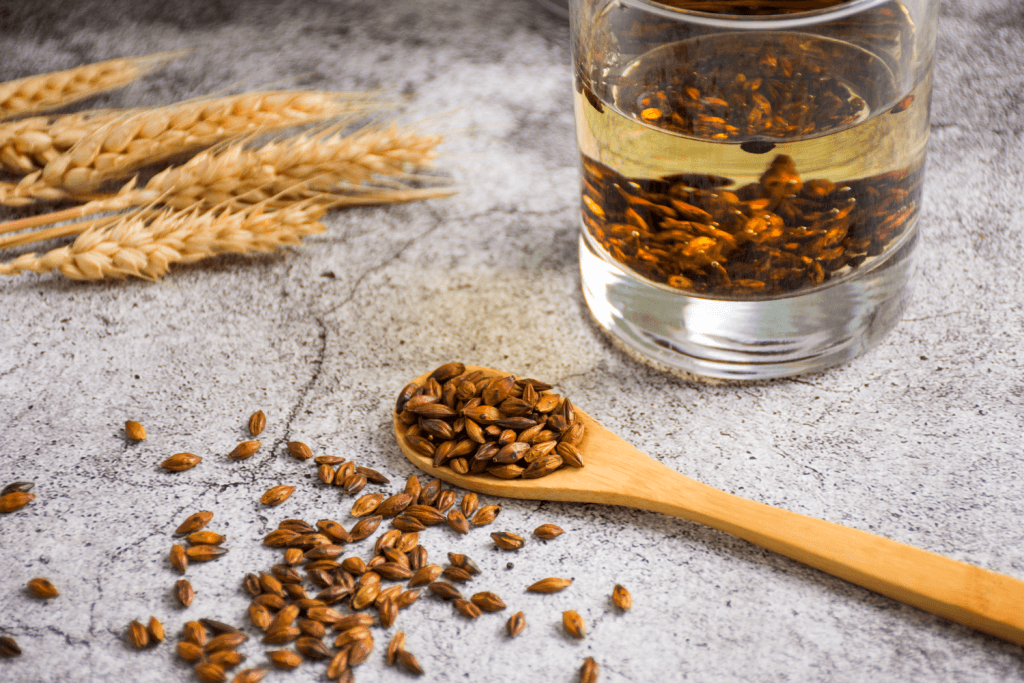
This drink, a light brown tisane made with roasted barley and hot water, is as easy to make as it sounds. Depending on the country, the barley is soaked in boiling water for five to ten minutes before being served hot, chilled, or on ice.
Summer in Japan tends to be very hot, so there is nothing like refreshing barley tea to cool you off! It’s frequently served cold in Japan as a refreshing beverage. This drink can also help treat diarrhea, fatigue, and inflammation.
How does barley tea taste?
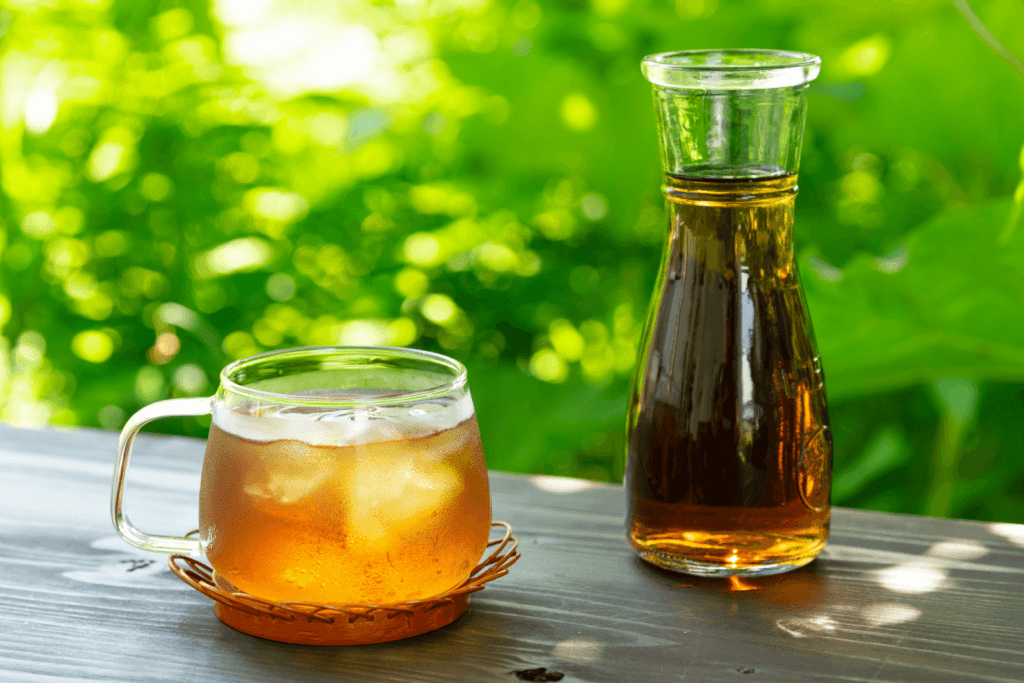
Barley tea has a toasted, robust flavor. It’s bittersweet, with a dry aftertaste and a coffee-like taste. It has a lighter flavor with a bitter undertone compared to other teas. For those who have never tried it, barley tea might have an acquired taste. But the amount of barley used, the duration of the roasting process, and the brewing time will affect the flavor.
Looking to enjoy Japanese tea without leaving your home? Check out Sakuraco! Sakuraco delivers traditional Japanese snacks, teas, sweets, and snacks from local Japanese makers directly to your door so you can enjoy the latest treats instantly from Japan!
Japanese Barley Tea Recipe
This roasted barley tea is a calming and revitalizing beverage that can be enjoyed warm, at room temperature, or cold and is free of sugar and caffeine.
Ingredients:
- ½ cup uncooked pearl barley
- 10 cups water

How To Make:
- In a large nonstick skillet, roast the uncooked barley for 10 minutes at medium heat. Toss the grains occasionally while toasting to ensure equal cooking.
- Stop when the grains are an even, deep brown color. Place evenly on a plate or paper towel to cool after being removed from the heat.
- In a medium pot, bring water to a boil. Add the toasted barley when it has finished boiling. When adding the barley to the pot, make sure it has cooled. Simmer for 20–25 minutes.
- After boiling the tea, let it soak for another seven minutes to cool the infusion.
- Pour the fresh mugicha into a glass pitcher after straining the barley. Before enjoying, let the mugicha chill in the fridge for several hours.
Benefits of Barley Tea and Other Foods
Barley has essential vitamins, minerals, and fiber as a whole grain. Due to barley’s reputation as a cereal crop rich in fiber that promotes weight loss and digestive health, barley-based food products have become more and more popular among Japanese consumers.
It helps to lower cholesterol.
The human diet did not traditionally include much barley. But because of the presence of beta-glucan, a unique type of fiber, people have recently started to include it in their diets. This dietary fiber prevents cholesterol from entering the bloodstream, effectively lowering cholesterol levels.
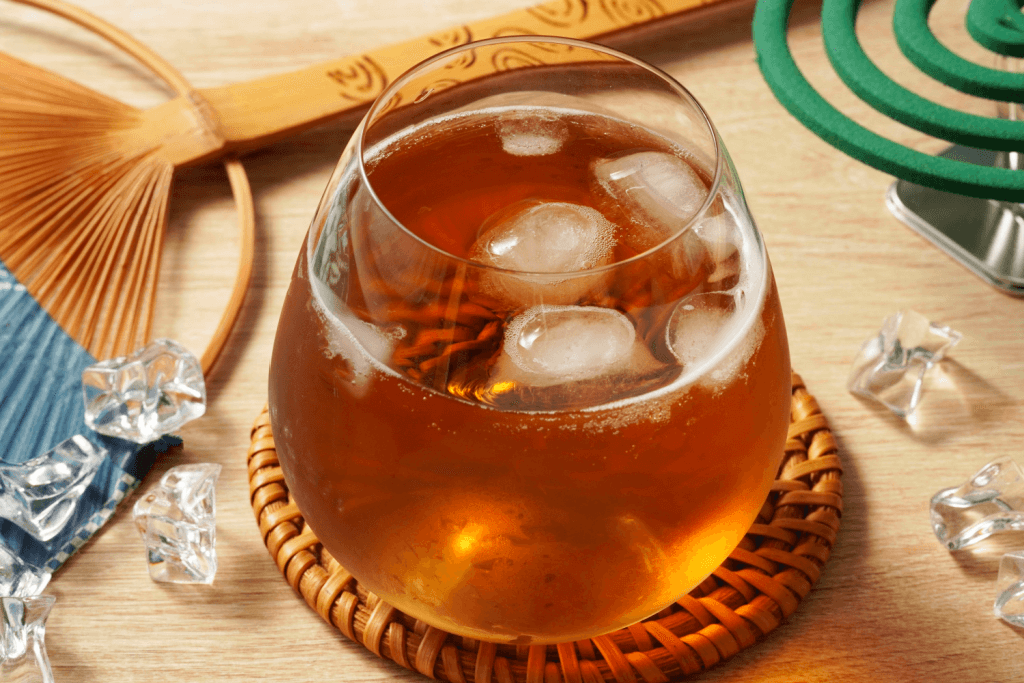
It supports bone health.
Barley tea is rich in many vitamins and minerals. Since it contains magnesium, zinc, calcium, phosphorous, and iron, your bone health will improve. Consuming mineral-rich drinks such as barley tea can help prevent the onset of osteoporosis.
It aids in skin care.
Barley contains zinc, which aids in skin healing and repairs wounds. For a few months, routinely consume barley powder or use it as a paste, and you’ll see a considerable improvement in facial lesions or wounds. It’s a good source of selenium, which may help preserve skin elasticity, thereby protecting it against free radical damage. It also enhances the health of our immunological, pancreatic, and cardiac systems – all of which reflect on your face.
It’s rich in antioxidants.
Antioxidants are natural substances that protect the cells in our bodies from harm caused by free radicals. These radical chemicals bring on inflammation and cell malfunction in the body. Antioxidants added to barley tea protect cells from these cellular harms. Barley’s chlorogenic acid increases fat-burning and aid in weight maintenance.
It has anticancer properties.
Barley also has cancer-preventing properties. Selenium is a special ingredient in barley and significantly lowers the chance of developing certain infectious diseases and cancer. This mineral is present in barley and aids in detoxifying substances in our systems that can lead to cancer. Selenium helps strengthen our immune system to combat these abnormal cells before a tumor develops.
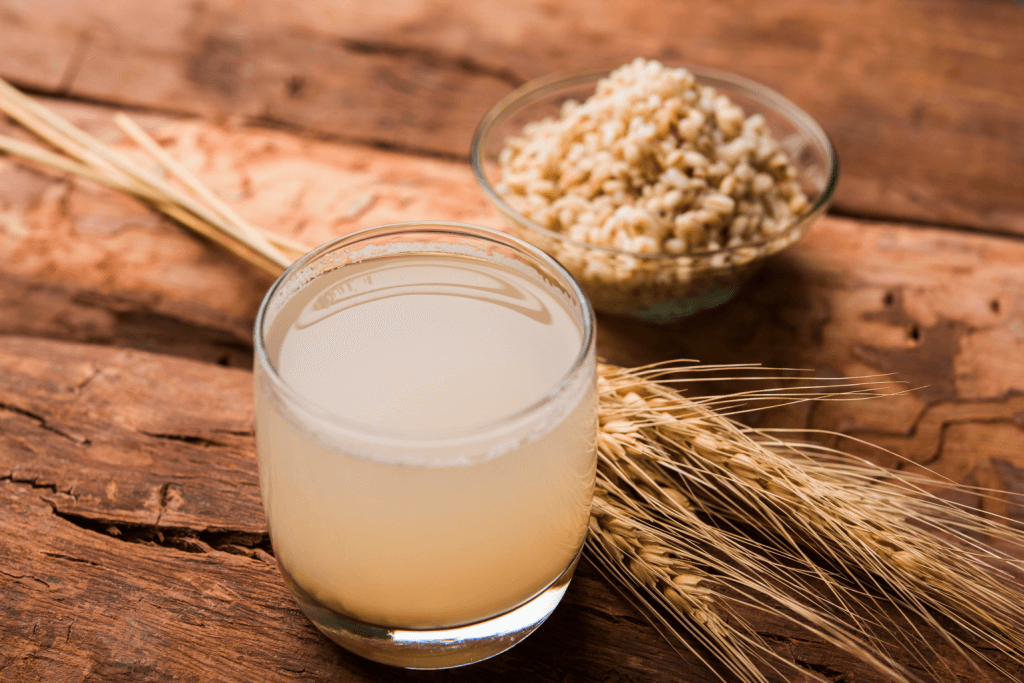
Uses for Barley Food
Because it keeps its flavor when chilled, barley is an excellent choice for homemade lunches. Many dishes and beverages, such as miso (bean paste), beer, and shochu (traditional distilled liquor), use barley as an ingredient.
Due to its potential health benefits, people use barley as a substitute for rice or a rice mixture. Mixing barley with Japanese fried rice makes it a unique dish! Considering that rice is an essential staple of Japanese cuisine, it’s notable that barley is becoming a popular substitute.
This chewy whole grain is ideal for delicious dishes such as salads, bowls, and even risotto! People can also find it in many popular traditional Japanese snacks such as rice crackers, popcorn, cereals, protein bars, cookies, and chips.
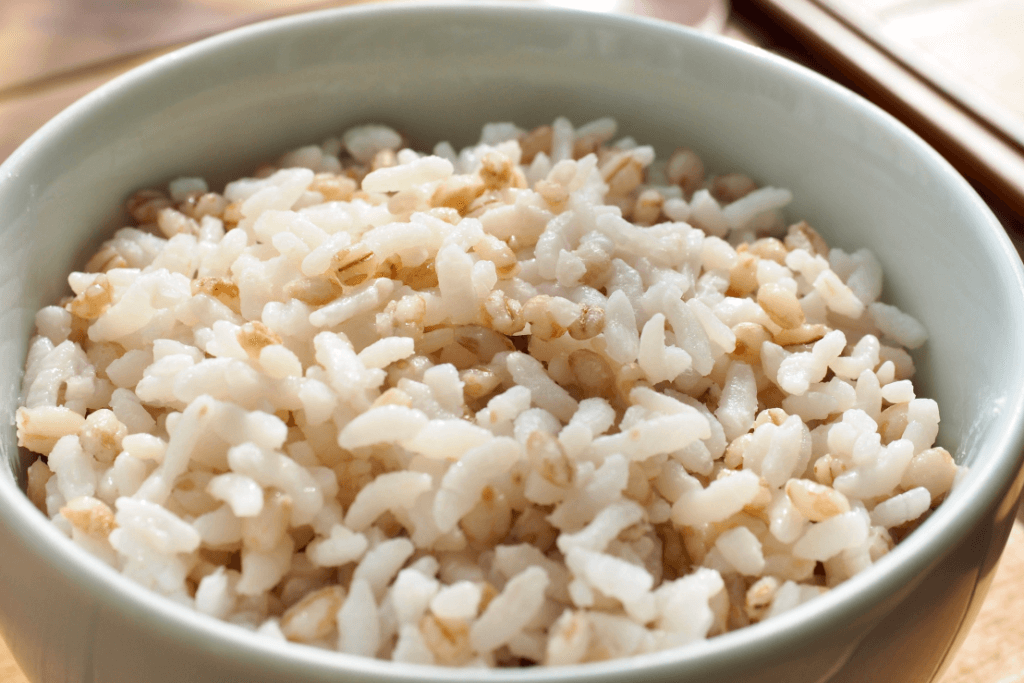
A mixture of roasted barley seeds, barley tea has a pleasant amber color and a toasted flavor that is moderately bitter. In recent times, the consumption of barley tea, a non-caffeinated drink, has been increasing. This beverage is produced by steeping roasted barley in hot water and is generally consumed in Japan, both hot and cold.
It’s a calorie-free beverage with antioxidants that provide antioxidant and anticancer properties benefits. Regularly consuming barley tea will have immediate health benefits, giving your drink choices more diversity.
Have you tried barley tea before? Do you have a favorite type of barley food and snack? Let us know in the comments below!

Discover authentic flavors with Sakuraco
Get Sakuraco 

Discover authentic flavors with Sakuraco
Get Sakuraco 
Related Articles
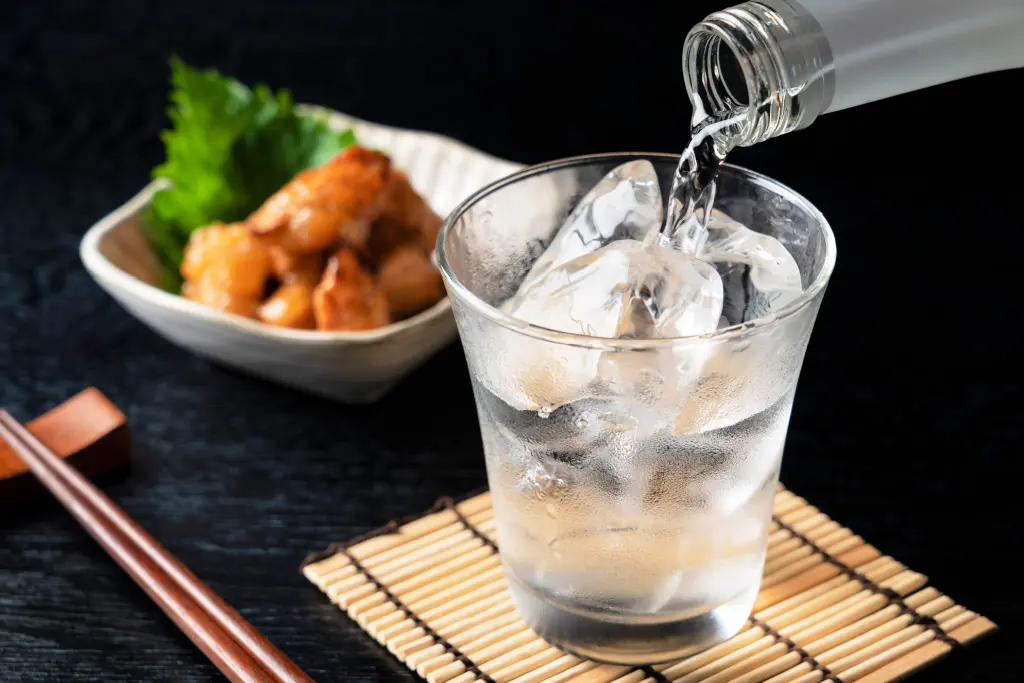
Shochu Time: Why Japan Loves This Drink
One of the most well-loved souvenirs people often think of from Japan is sake, a traditional alcoholic beverage. However, there is another type of alcohol that has become so popular in Japan that it now sells more than sake. That drink is shochu. To learn more about this special beverage, keep reading!
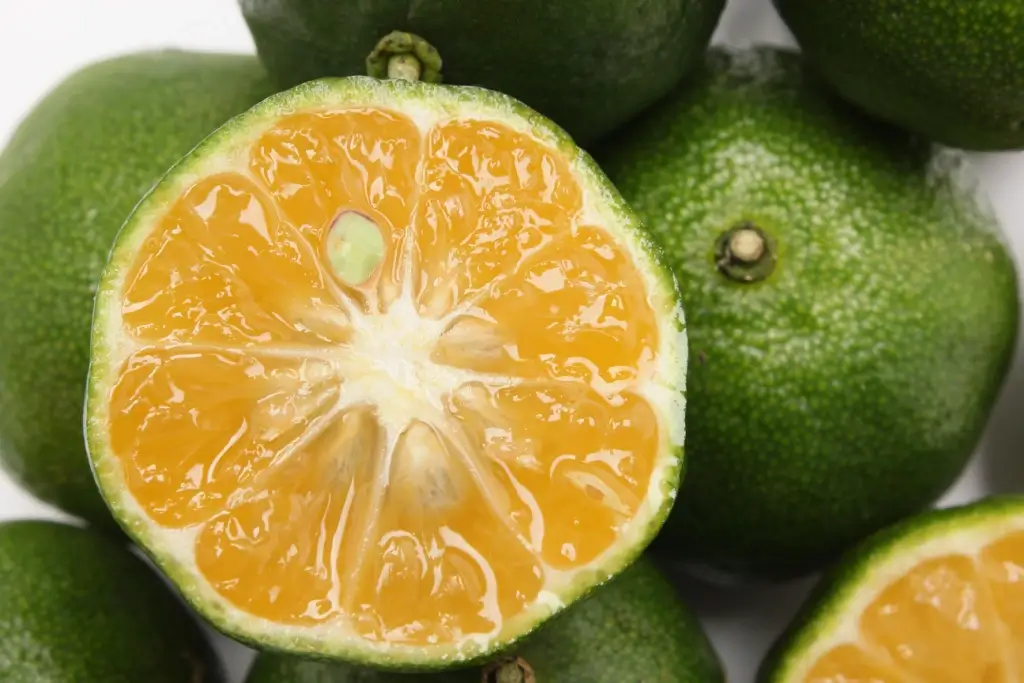
Shikuwasa: A Citrus Delight from Okinawa
In Okinawa, the fruit shikuwasa is widely used in various kinds of food and drink. Let’s explore this remarkable Okinawan fruit in more detail!
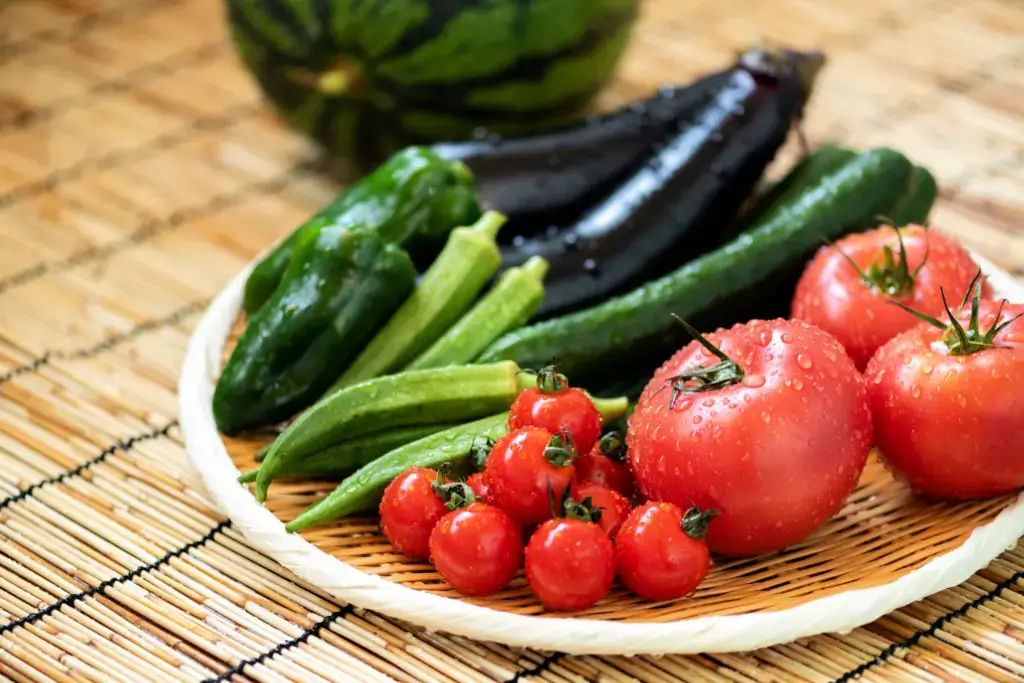
Japanese Vegetables: Awesome Picks for Hot Days!
People often crave cool foods and drinks to beat the heat in summer. Vegetables are always one of the top ingredients and essential in summer cuisine. This season offers a wide variety of delicious and healthy vegetables. Let’s explore some of the most popular Japanese vegetables in summer dishes!

What Is Mochi When You Fry It? It’s Agemochi!
Agemochi is a deep-fried mochi snack that is crunchy on the outside and full of rich flavor. It differs from fresh mochi but is still made from the same rice base. People of all ages love this tasty treat and is easy to find in shops around Japan.



